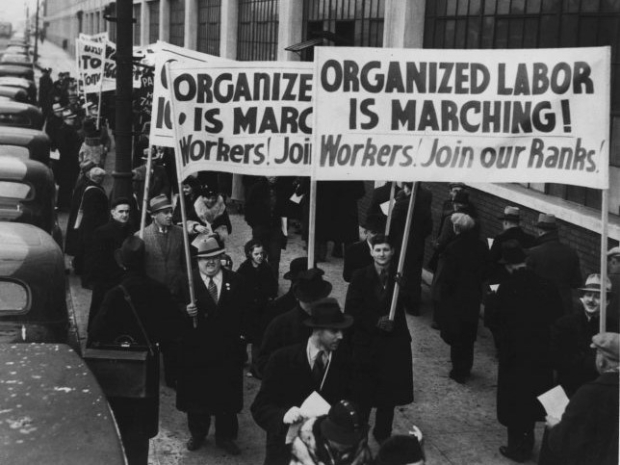McKinsey Global Institute Anu Madgavkar estimates that one in four workers in the US are going to see more AI and technology adopted in their jobs and 50-60 per cent of companies say they are pursuing AI-related projects.
“One way or the other people are going to have to learn to work with AI. It’s increasingly going into office-based work and customer service and sales,” she said. “They are the job categories that will have the highest rate of automation adoption and the biggest displacement. These workers will have to work with it or move into different skills.”
Basically this means that AI will take their jobs away. Fortunately, Madgavkar said that it will be hard for AI or robots to do the jobs of janitors. In food service, she said, new technologies might be able to take customer orders, but “we’re not going to see many little robots that bring the food to a particular table”.
AI might eliminate some attorneys’ jobs by being able to prepare first drafts of business contracts. But AI might also enable paralegals to oversee preparation of draft contracts, and that increased responsibility could mean higher pay for paralegals. This is similar to what has happened in the translation business where companies higher fully qualified translaters to check the work of AI efforts for half the money.
Juliet Schor, an economist at Boston College, said it would be far better if employers, instead of laying off people because of AI, would trim employees’ work time, perhaps to three or four days a week, instead of five. “Work-time reduction is really the far better way to respond to labor-displacing technological change,” Schor said. She voiced fears that AI could produce a large pool of jobless Americans, and even with some system of universal basic income, “that would create inequality between the people who have work and the people who don’t. That’s a big problem.”
Analysts say that while civilised western countries have strong unions and regulations which will protect workers from the dangers of AI, the situation is less balanced in the US where workers are largely ignored by management or seen as a threat. This could mean that while the US sees wider AI adoption its society suffers from widescale unemployment and unrest.
Fortunately, the US has a few years to get itself sorted out. Despite what the pundits are saying AI technology is not close to being that reliable yet.




